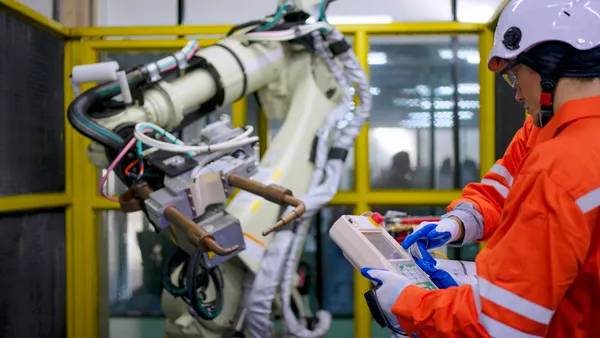Dive Brief:
- Indigenous Americans make up less than 1% of board members for major, publicly traded businesses, according to DiversIQ analysis. Only five people among the 5,537 board members for the S&P 500 identify as fully or partially American Indian or Alaska Native.
- Likewise, only 10 people among the 10,313 serving as a Russell 1000 board member fully or partially identifies as American Indian or Alaska Native.
- By DiversIQ’s analysis, the rate of Indigenous American people with a spot on corporate boards does not reflect the reality of the U.S.’s population; according to 2020 Census data, people who identify as American Indian or Alaska Native make up 2.9% of the population.
Dive Insight:
Designated by President George H. W. Bush in 1990, November marks National Native American Indian Heritage Month, with annual presidential proclamations (with varied forms of the name) since 1994, per the U.S. Library of Congress.
Additionally, DiversIQ analysis suggested that publicly traded and private employers are failing indigenous folks. Along with making the business case for diversity again, labor experts nod to the utility of environmental and social governance mandates — and the ways these parameters can serve people of color well in the future.
Overall, HR and education experts point to a systemic lack of skills training offered to indigenous talent — along with limited access to fruitful job opportunities — as a key issue for the Indigenous American community.
Despite a heritage month and government arms such the U.S. Bureau of Indian Affairs, the lack of representation and systemic issues extend to the research itself. In a 2019 primer on American Indian and Alaskan Native participation in the labor force, the U.S. Bureau of Labor Statistics said, “Because the sample size for AIANs is relatively small, the BLS does not routinely tabulate detailed data on their demographic and labor market characteristics.”













